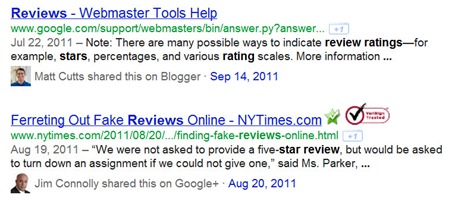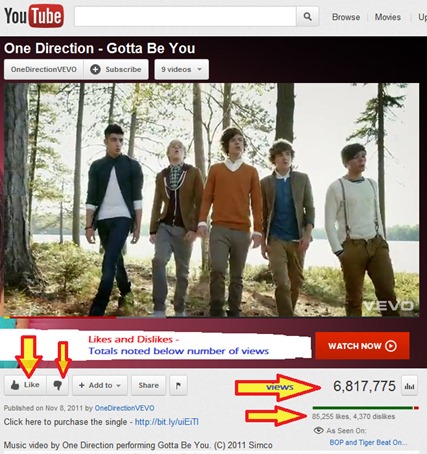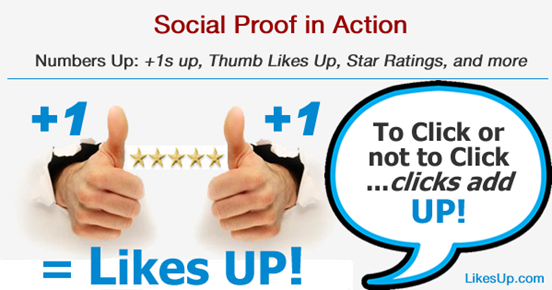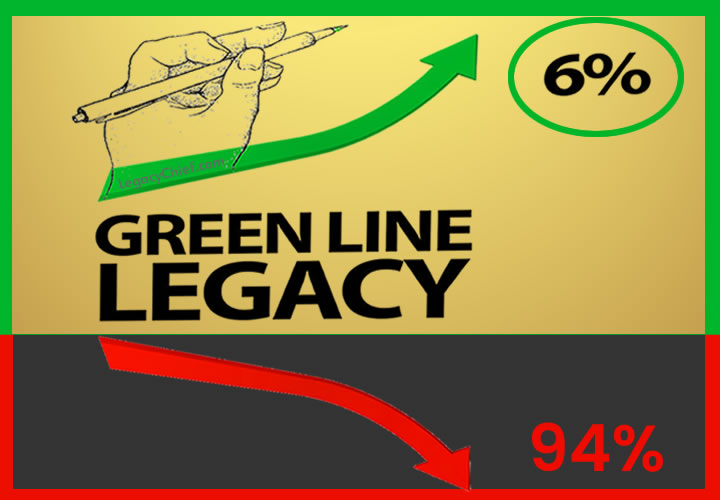Likes UP: Increment and Add UP, UP, UP (Thumbs Up Symbol PART TWO)

Likes UP: Increment and Add UP, UP, UP (Thumbs Up Symbol PART TWO)
Increment UP: An increment is an increase of some amount, either fixed or variable. Programming languages generally support a set of operators that are similar to operations in mathematics.
The specification of a language will specify the precedence and associativity of the operators it supports. Languages which support programmer-defined operators require the specification of the precedence and associativity of new operator symbols (e.g. Prolog).
A language may contain a fixed number of built-in operators (e.g. + – * = in C and C++), or it may allow the creation of programmer-defined operators (e.g. Haskell). Some programming languages restrict operator symbols to special characters like + or := while others allow also names like div (e.g. Pascal).
Some built-in operators supported by a language have a direct mapping to a small number of instructions commonly found on central processing units, though others (e.g. ‘+’ used to express string concatenation) may have complicated implementations.
Likes up to Wikipedia for the above descriptions.
In social media, an increment is an increase that is displayed with a number and possibly a change in color of icon.
For example in Facebook, the thumb Like Icon if clicked will increment the number up. There is a number and beside it the name of the person who likes it. If there are many people who like it, the number will appear with the text “people like this) beside it. will have the number of likes shown beside it numerically. If you click on the link of number of people, it will display the whole list alpha numerically. Same with comments, you can click on the number of comments and view them all.
Shares are also noted with a number.
Each click whether a like (easiest), a share (second easiest if no comment), and comment (takes a little effort) shows the number incrementing up. For the purpose of this Likes UP article a very popular subject was chosen, Mark Zuckerberg and Charlie Rose. (Sherrie Rose has no relation to Charlie Rose but on more than one occasion, she wishes she asked such brilliant questions).
In Google+ the plus one symbol background is white before clicking and blue after clicking,
The example below on a current post in Google Plus without celebrities shows +1 actions that have incremented to 33, 21 shares and 20 comments.
In the Facebook example above the actual sentence “22,153 people like this” sounds very positive.
How would Google Plus handle this? “33 people +1’d this” doesn’t really have a nice ring to it.
Google’s search engine displays the number of votes in a star rating system. Also associated are shares with a person’s photo and which site they shared it on.
Webmasters want to know which rating system to implement for reviews. The well-known New York Times newspaper writes about fake review and alongside their name is a special symbol of trust to signify authority and authenticity.
Google owns YouTube. YouTube uses both the Thumbs UP like symbol and the Thumbs down like symbol.
What is most amazing about a popular video on YouTube is the number of views. By virtue of clicking to watch a YouTube video you automatically get the view counter to increment up. At the time of this image capture, this video had over six million views, in fact 6,817,775 to be exact. In addition over 85,000 people to the opportunity to click the thumbs up like button (which means they were logged in with their google account) and over 4000 clicked the thumbs down.
bottoms up, heads up, thumbs up, likes up
n. Informal
Information or notification, especially in advance: gave me the heads-up on the new security measures.
(Just had to throw in bottoms-up which has to with drinking and nothing to do with thumbs up unless you get thumbs up when the bottoms up is dry!)
A thumbs-up or thumbs-down is a common hand gesture achieved by a closed fist held with the thumb extended upward or downward in approval or disapproval, respectively. These gestures have become metaphors in English: “The audience gave the movie the thumbs-up” means that the audience approved of the movie, regardless of whether the gesture was actually made (see more Likes UP: Thumbs Up Symbol PART ONE)
In scuba diving, the thumbs-up gesture is a specific diving signal given underwater, in which the diver indicates that he or she is about to stop his or her dive and ascend. This occasionally causes confusion in new divers, who might automatically gesture thumbs-up when trying to indicate approval — actually indicating a desire to stop diving and to ascend.
In basketball, when a held ball occurs, an official will jerk both thumbs in the air, signaling that a jump ball is in order.
Hitchhikers traditionally use a thumbs up gesture to solicit rides from oncoming vehicles, although in this presentation the arm is generally outstretched with the palm and closed fingers facing the motorist. The gesture is also usually performed with the hand nearest the motorist.
Ancient Rome in the context of gladiators in combat, in modern popular culture, it is assumed that “thumbs down” was the signal that a defeated gladiator should be condemned to death; “thumbs up”, that he should be spared.
Medieval times as described by Desmond Morris in Gestures: Their Origins and Distribution traces the practice back to a medieval custom used to seal business transactions.
During World War II, pilots on U.S. aircraft carriers adopted the thumbs up to alert the deck crew that they were ready to go and that the wheel blocks could be removed. The gesture’s popularization in America is generally attributed to the practices of World War II pilots, who used the thumbs up to communicate with ground crews prior to take-off.
Internationally, “Thumbs up” traditionally translates as the foulest of gesticular insults in some Middle Eastern countries. The sign has a similarly pejorative meaning in parts of West Africa, South America, Iran, and Sardinia, according to Roger E. Axtell’s book Gestures: The Do’s and Taboos of Body Language Around the World.”
By extension from the movie review usage described in Likes UP: Thumbs Up Symbol PART ONE, many websites allow users to approve or disapprove of items, such as comments in a forum, products in an online store, or even other people’s reviews of movies, books, products, etc, by choosing to click either a thumbs-up or thumbs-down button. In the aggregate, this serves as an evaluation system or rating system.
Other users may then see the total number of thumbs up and thumbs down given to an item, or may simply see the number which is produced by subtracting thumbs down from thumbs up. (In the latter case, an item which has received exactly ten of each would read as having a rating of zero, rather than one of +10/-10.)
Often, users may view a list of items in order of popularity, as ranked by this metric. Popularity is form of Social Proof.
The Liking Authority has defined Likes UP as a compilation of all the ratings, reviews, incrementing +1s and other forms of social proof both online and offline. A true, heartfelt recommendation from a trusted friend need never pass through the digital domain or social media. You can give a “likes up” with words or actions and very often it will be the thumbs up gesture.
#LIkesUP for all forms of thumbs up











Comment “Likes UP: Increment and Add UP, UP, UP (Thumbs Up Symbol PART TWO)”